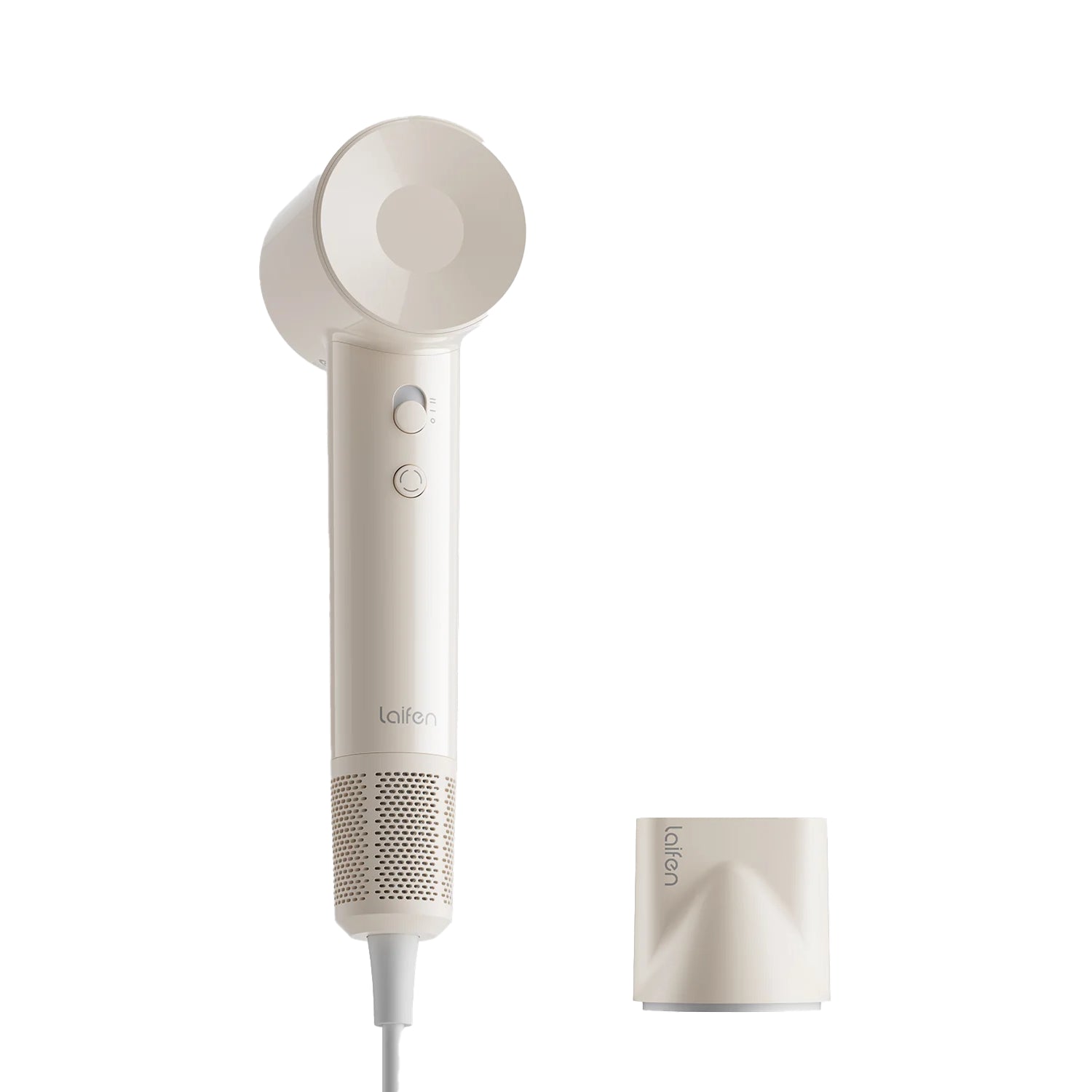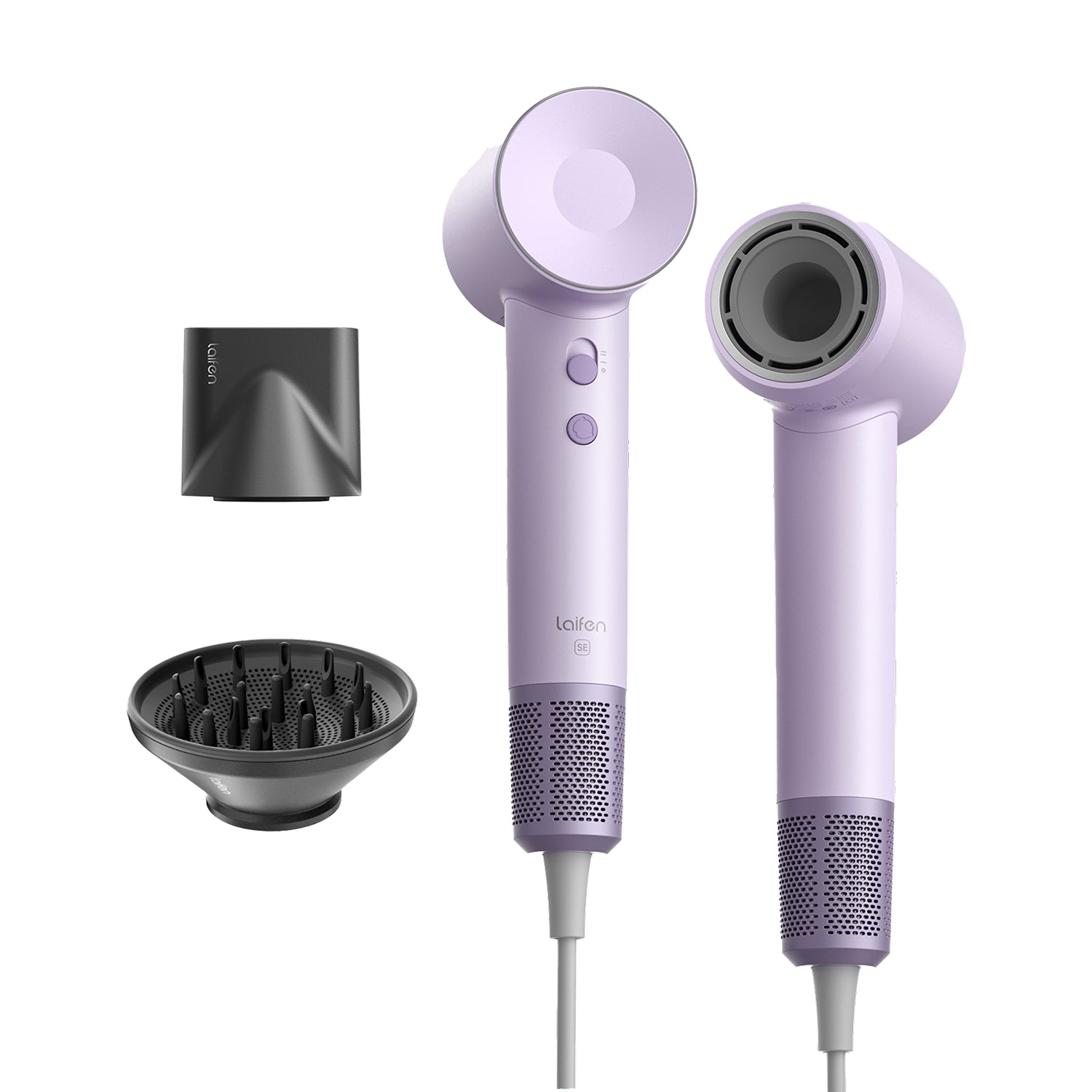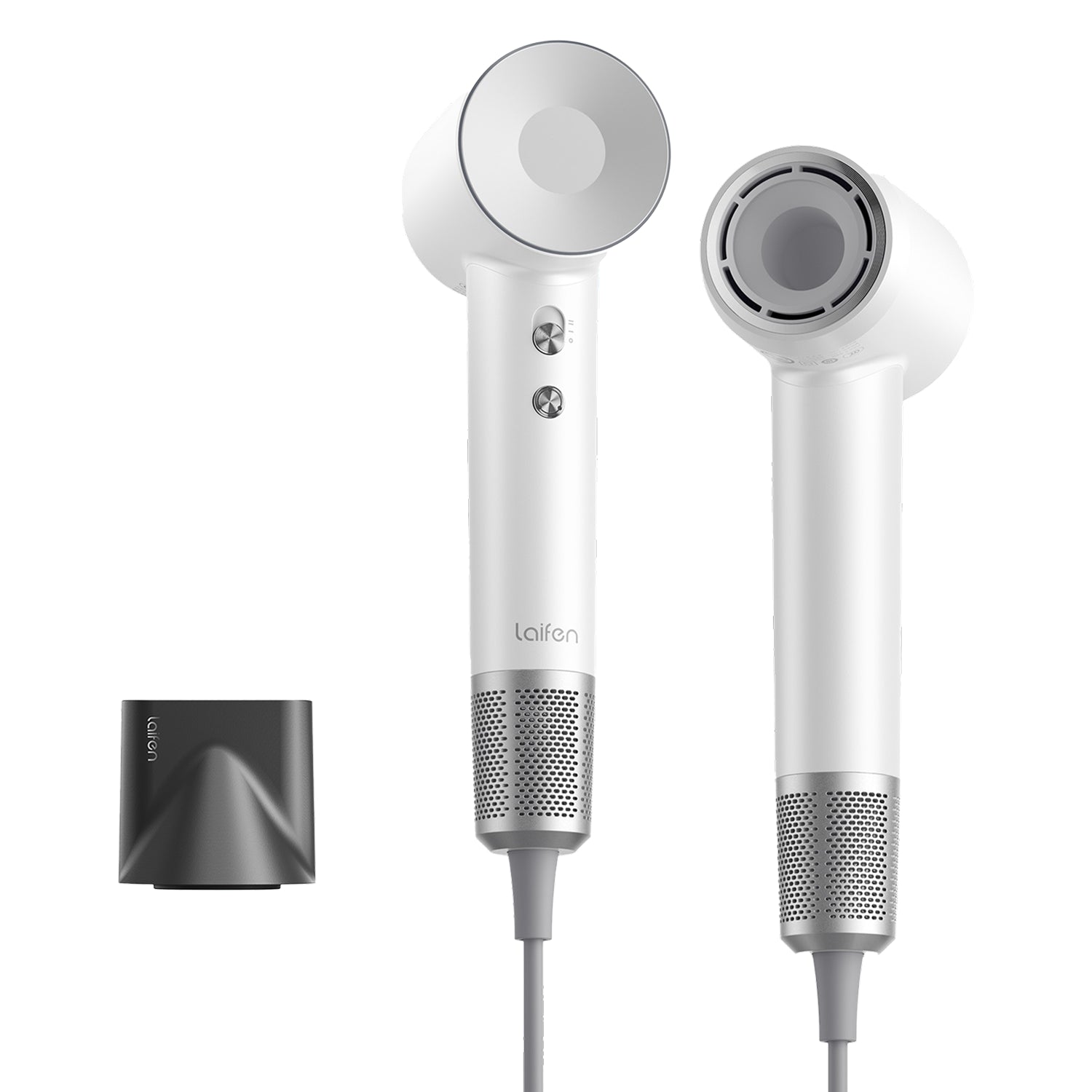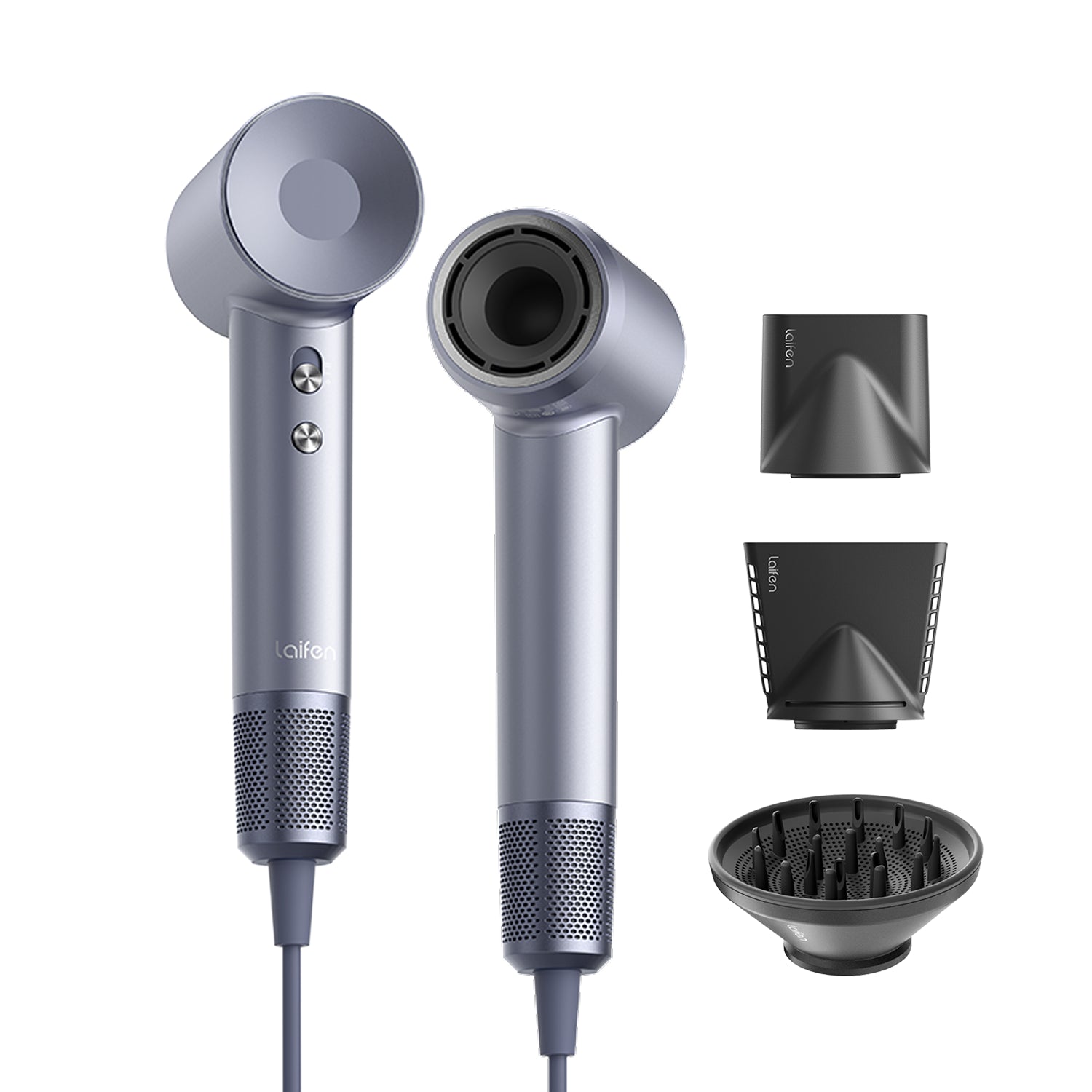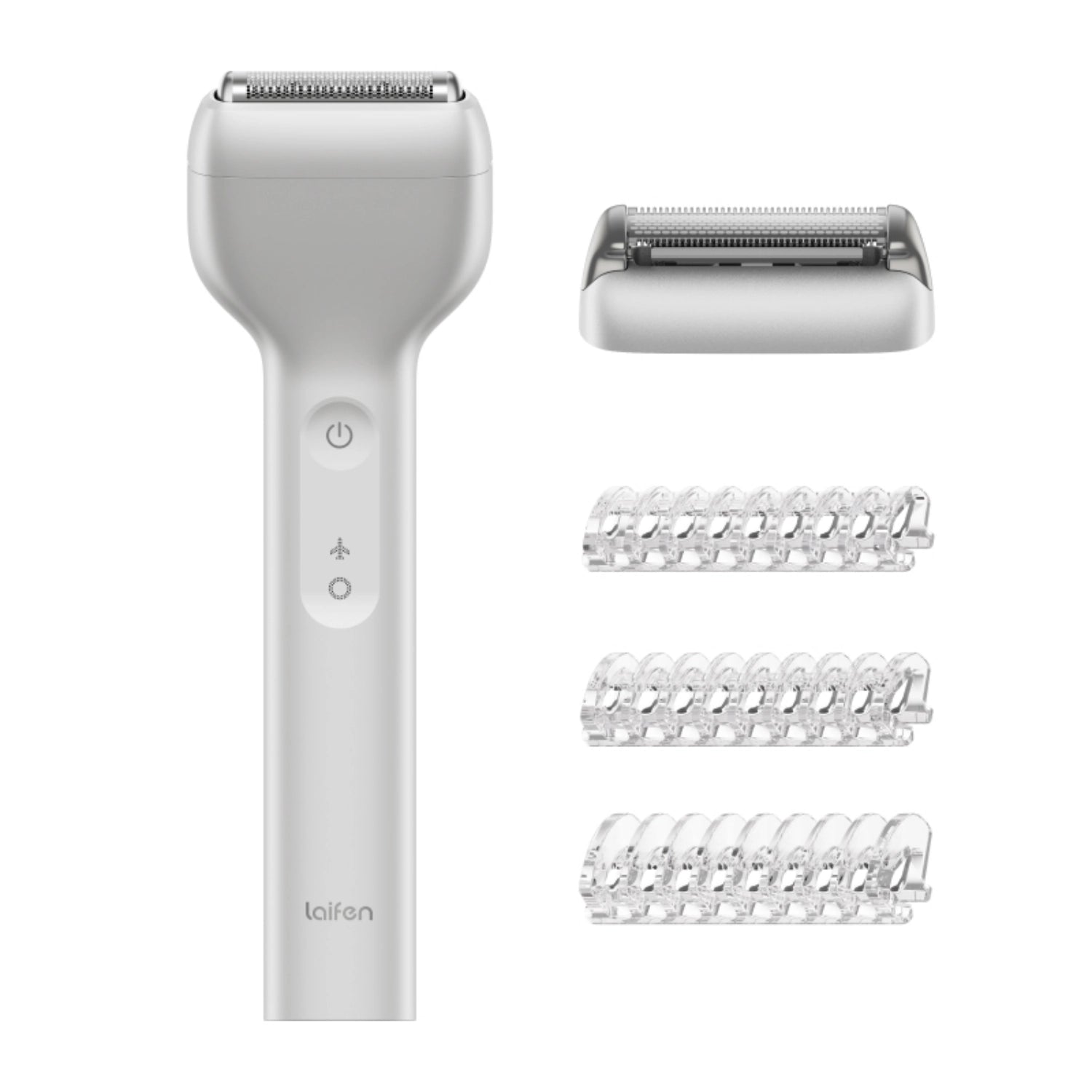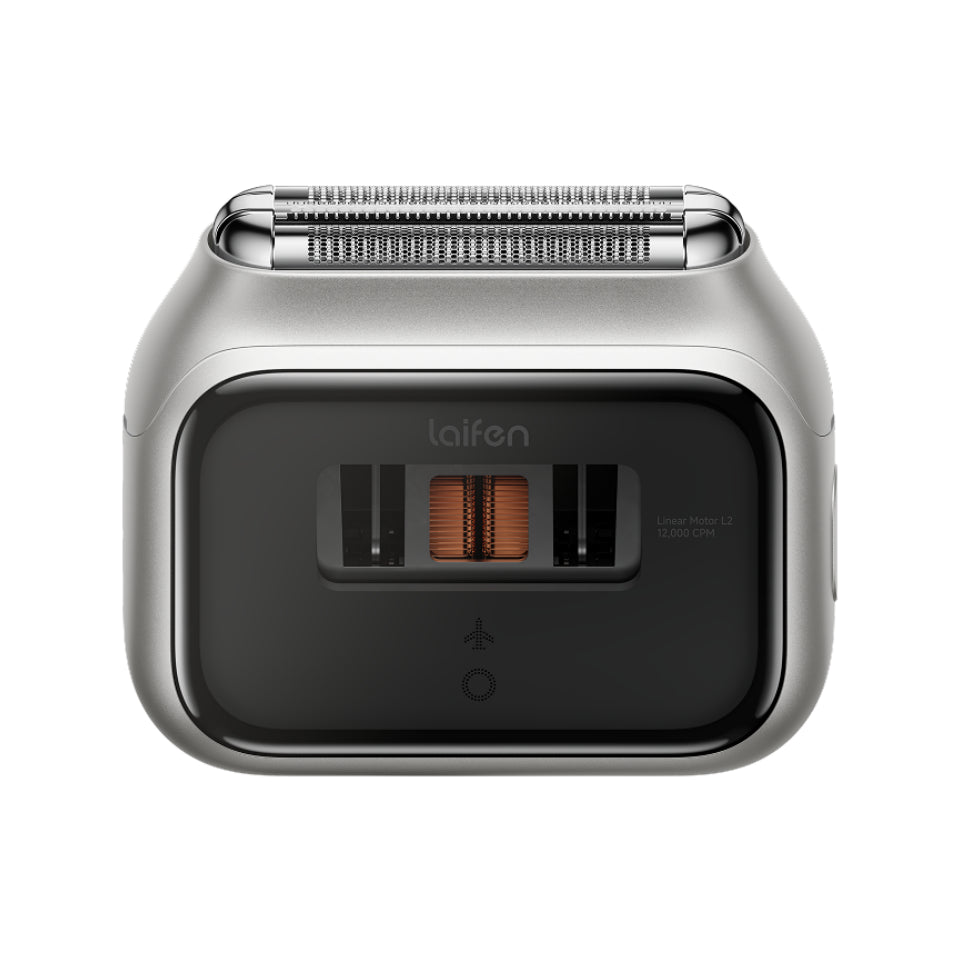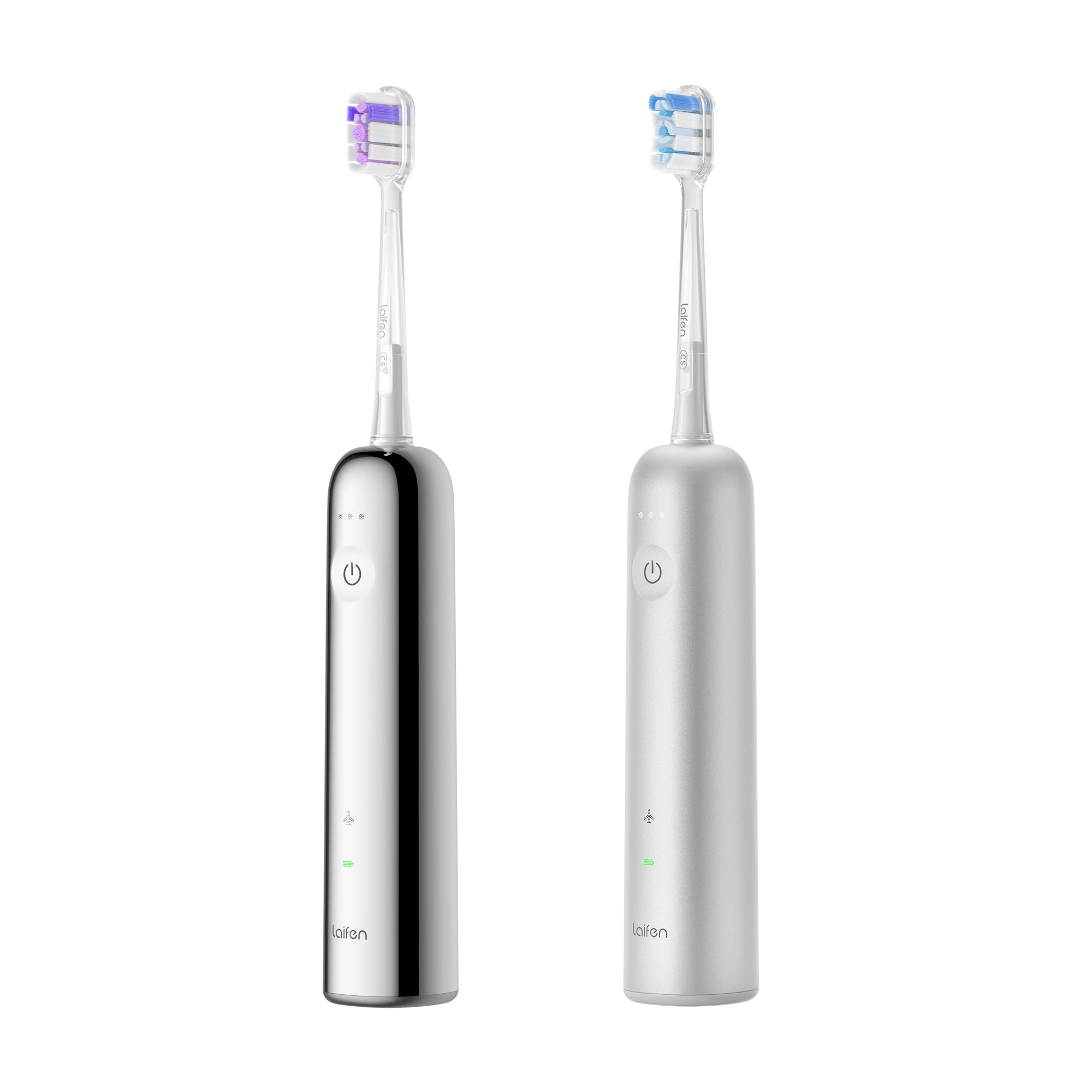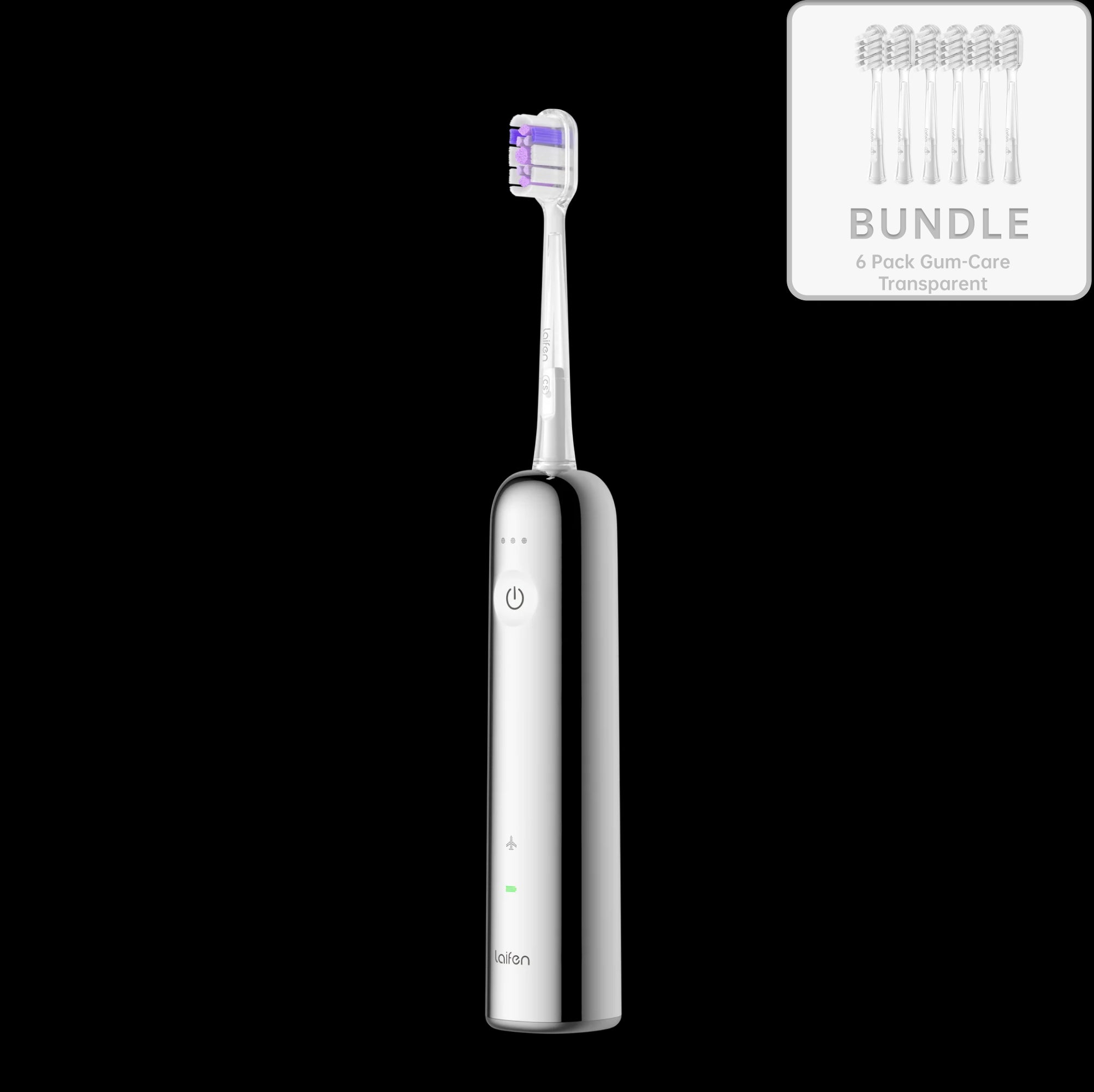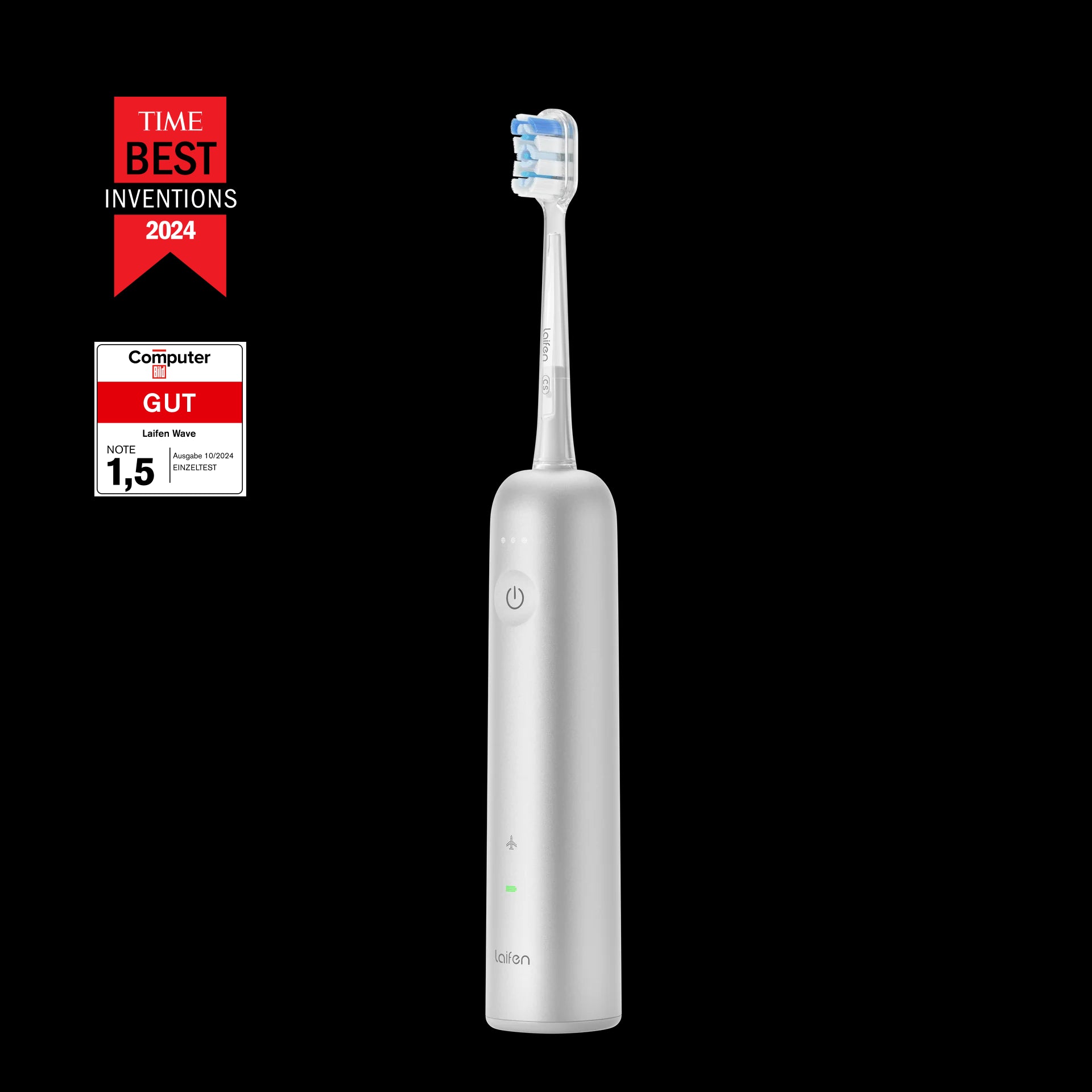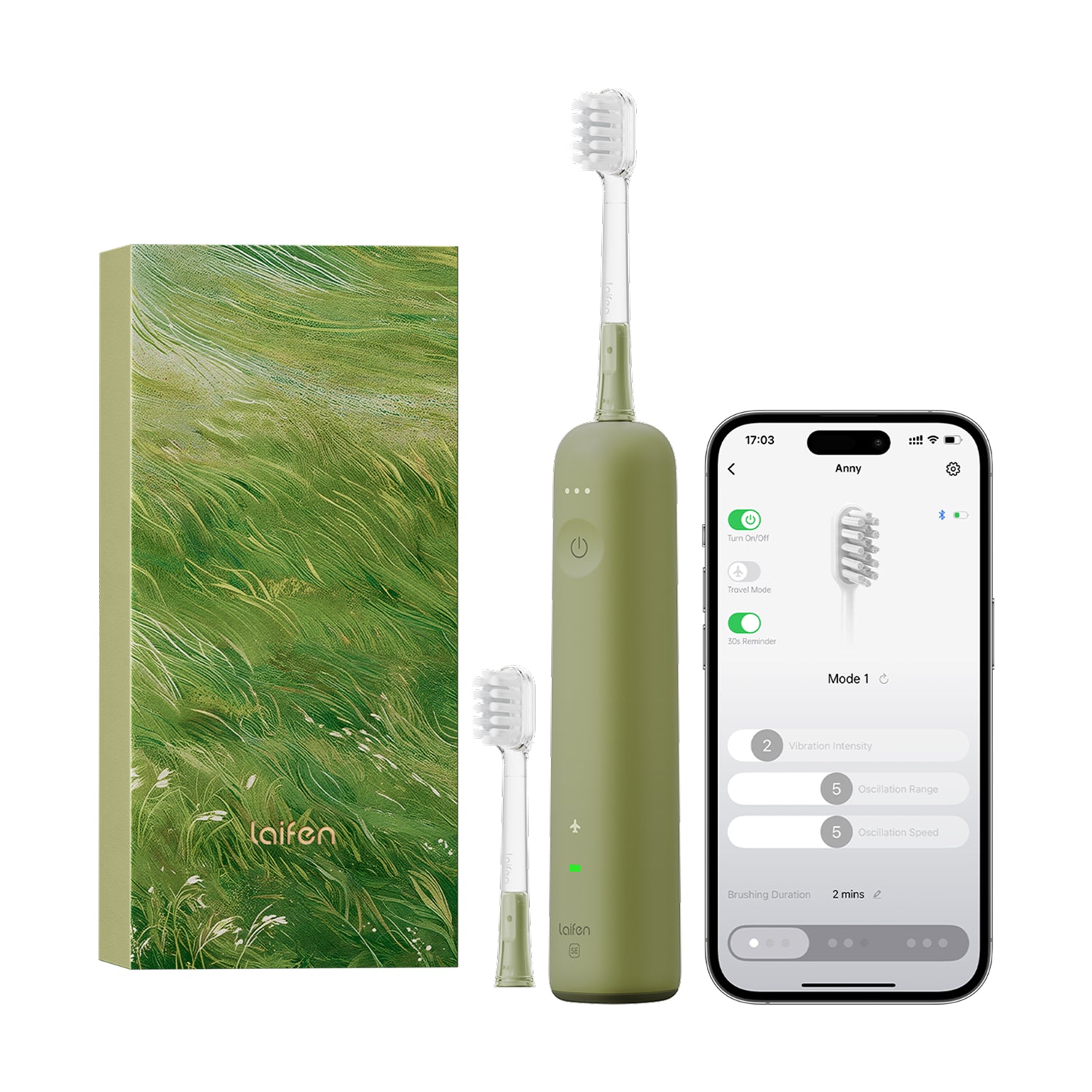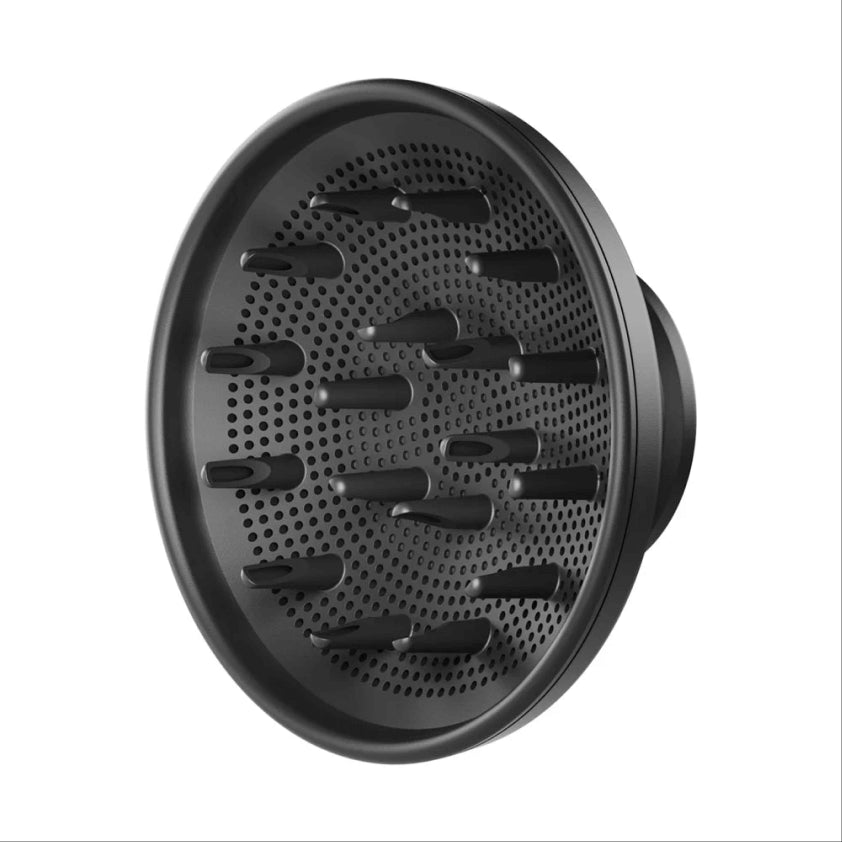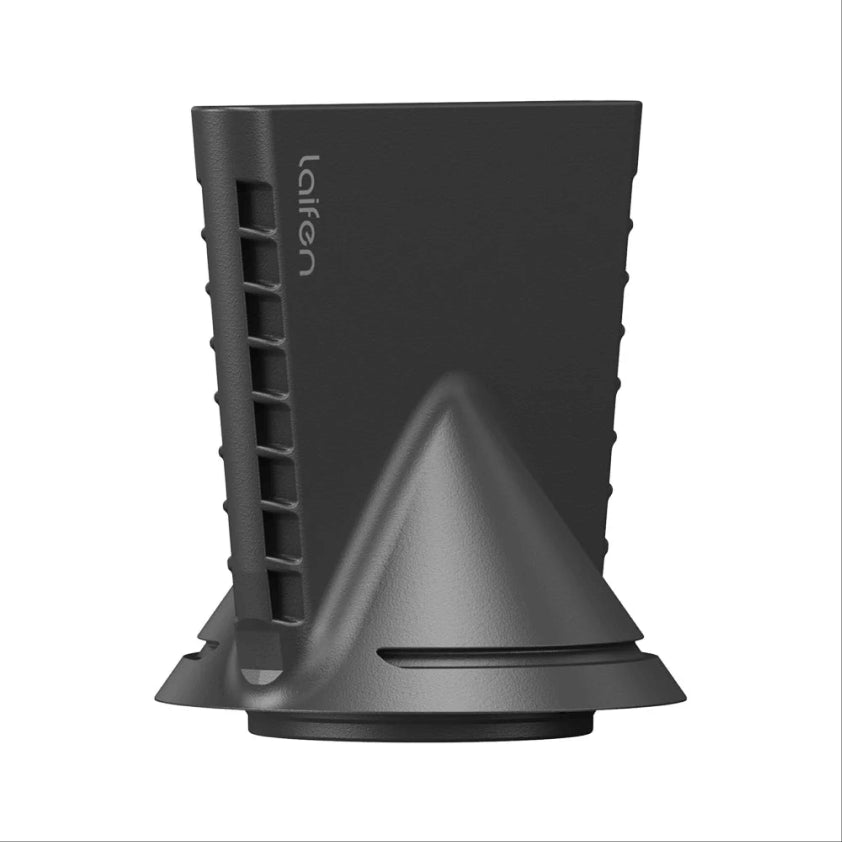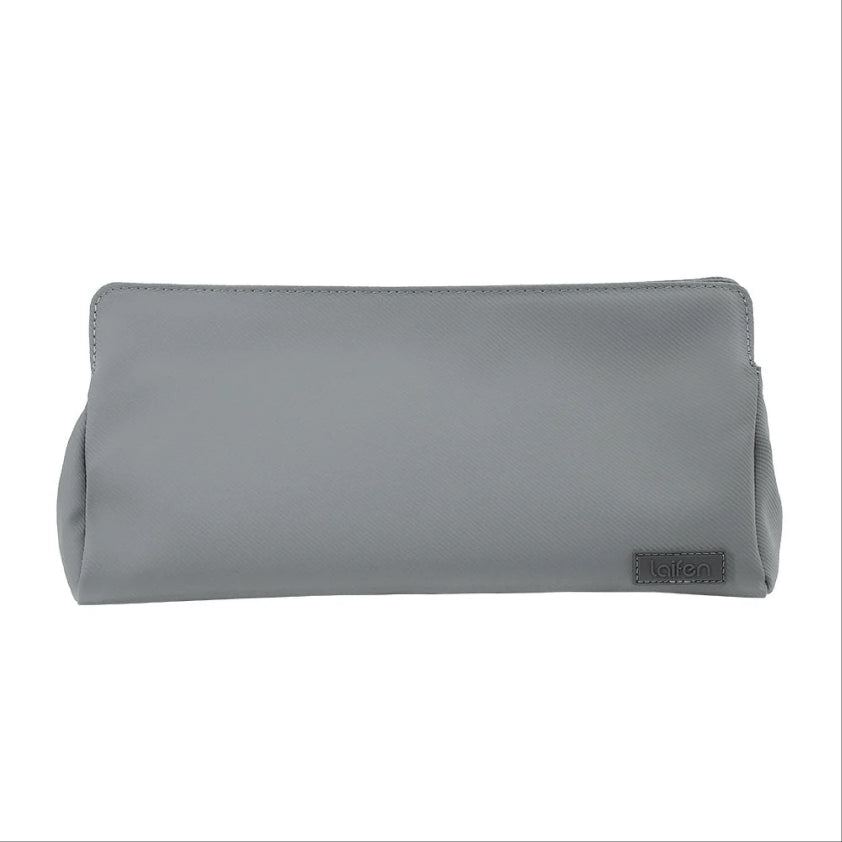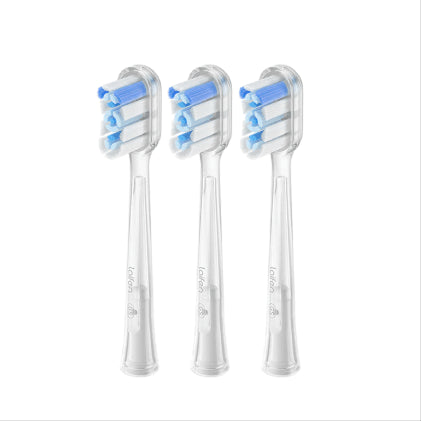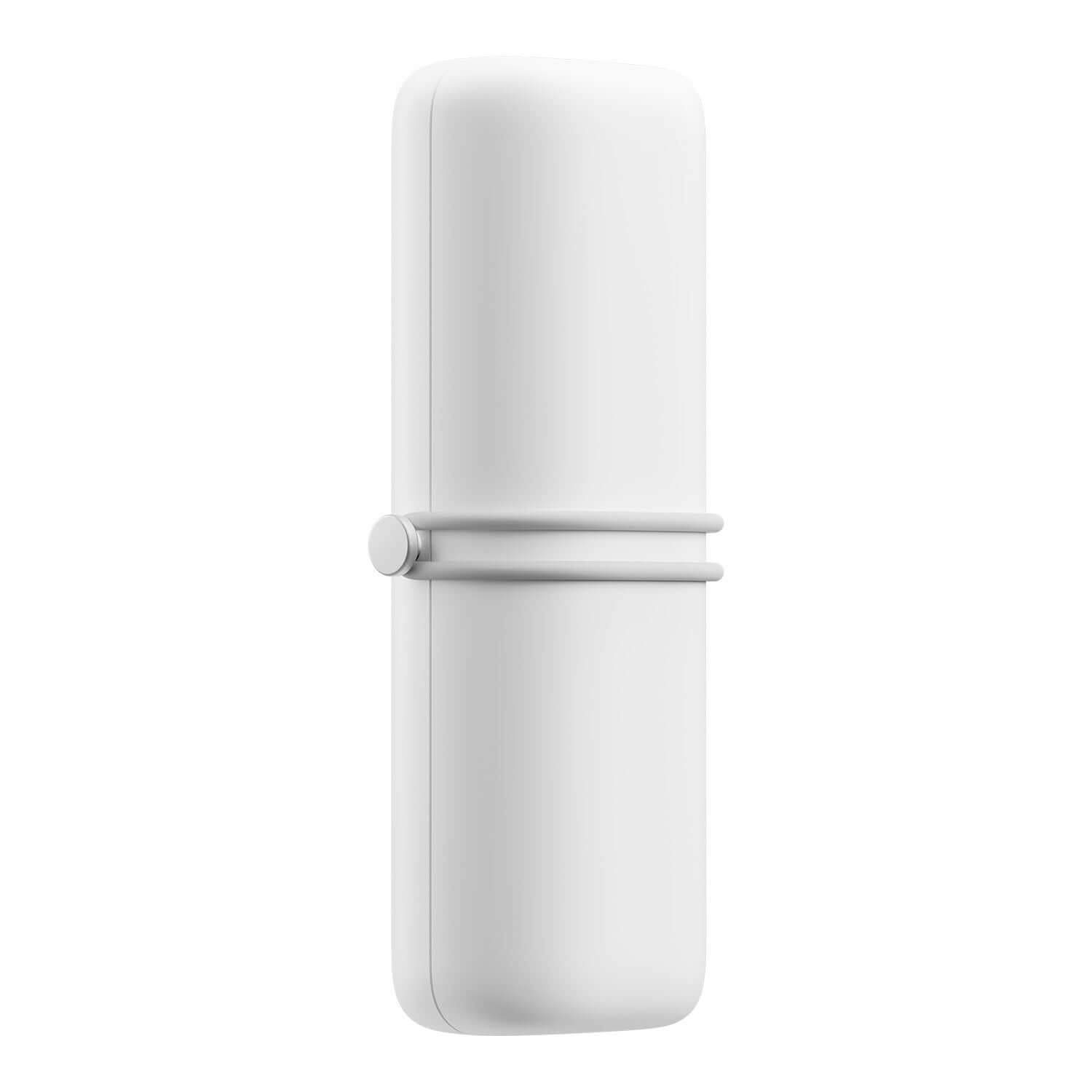
Looking for the best manual toothbrush can be as daunting as choosing a flavor at an ice cream parlor. Fear not, discerning brush wielders, for we've dissected the dental landscape to bring you the crème de la crème of tooth-scrubbing apparatuses.
The ultimate manual toothbrush boasts soft, angled bristles for a thorough yet gentle clean, ergonomic handles to navigate those hard-to-reach molars, and perhaps a splash of color to jazz up your oral hygiene routine. Remember, picking the perfect brush isn't just a game of eeny, meeny, miny, moe – consider your individual needs and let your pearly whites sparkle with joy! This table compares the recommended manul toothbrushes based on their features. For more information about them, read below.
|
Oral-B Pro 1000 |
Philips Sonicare 4100 |
Colgate ProClinical 250R+ |
Waterpik Sonic-Fusion 2.0 |
Quip Electric Toothbrush |
|
Superior clean with oscillating, rotating, and pulsating head; pressure sensor and timer. |
Sonic technology for efficient plaque removal; includes pressure sensor and timer. |
Unique dual-action brush head; two-minute timer and ergonomic handle. |
Sonic toothbrush and water flosser; three cleaning modes and pressure control. |
Sleek design; gentle vibrations and subscription service. |
|
Around $50 |
Around $70 to $80 |
Around $40 to $50 |
Around $150 to $200 |
Starting at $25 for toothbrush and subscription |
|
Ideal for mild to moderate gum issues; requires gentle cleaning action. |
Suitable for gum recession or early-stage gum disease; seeks gentle cleaning. |
Recommended for mild gum recession or affordable option. |
For gum disease or multifunctional oral hygiene. |
Suitable for mild gum issues or convenience. |
|
Effective plaque removal, pressure sensor, optimal brushing time. |
Efficient plaque removal, pressure sensor, long battery life. |
Dual-action brush head, budget-friendly, lightweight. |
Customizable cleaning modes, effective plaque removal. |
Sleek design, affordable, subscription service. |
|
May be too aggressive, pricey brush head replacement. |
Higher initial cost, pricey brush head replacement. |
Not as powerful, lacks advanced features. |
Higher initial cost, bulkier design. |
Less powerful, limited customization. |
|
Use gentle motions, focus on plaque areas; replace brush head every 3 months. |
Hold brush at 45-degree angle, avoid excessive pressure; replace brush head every 3 months. |
Move gently along gumline, replace brush head every 3 months. |
Start with toothbrush, switch to water flosser; adjust pressure. |
Brush gently in quadrants, replace brush head every 3 months. |
Top 1. Oral-B Pro 1000
The Oral-B Pro 1000 offers a superior clean with its oscillating, rotating, and pulsating brush head, effectively removing plaque and debris. It features a pressure sensor to prevent over-brushing and a timer for thorough cleaning sessions.
Pricing: Mid-range pricing, typically around $50.
Who needs it: Ideal for individuals with mild to moderate gum recession or gum disease who require a thorough yet gentle cleaning action.
Pros: Effective plaque removal, pressure sensor, timer for optimal brushing time.
Cons: May be too aggressive for sensitive gums, brush head replacement can be pricey.
How to use it better: Use gentle, circular motions along the gumline and focus on areas prone to plaque buildup. Replace the brush head every three months for optimal performance.
Top 2. Philips Sonicare ProtectiveClean 4100
The Philips Sonicare ProtectiveClean 4100 utilizes sonic technology to deliver up to 31,000 brush strokes per minute, effectively breaking up plaque and bacteria. It features a built-in pressure sensor and a two-minute timer.
Pricing: Typically priced around $70 to $80.
Who needs it: Suitable for individuals with gum recession or early-stage gum disease who seek a gentle yet thorough cleaning experience.
Pros: Sonic technology for efficient plaque removal, pressure sensor, long battery life.
Cons: Initial investment may be higher, brush head replacement cost.
How to use it better: Hold the brush at a 45-degree angle to the gumline and let the sonic vibrations do the work. Avoid applying excessive pressure to prevent gum irritation.
Top 3. Colgate ProClinical 250R+
The Colgate ProClinical 250R+ features a unique, dual-action brush head that combines oscillating and rotating movements for a comprehensive clean. It includes a two-minute timer and a slim, ergonomic handle.
Pricing: Generally priced around $40 to $50.
Who needs it: Recommended for individuals with mild gum recession or those looking for an affordable electric toothbrush option.
Pros: Dual-action brush head, budget-friendly, lightweight design.
Cons: Not as powerful as some premium models, may lack advanced features.
How to use it better: Move the brush head gently along the gumline and spend extra time on areas with plaque buildup. Replace the brush head every three months for optimal results.
Top 4. Waterpik Sonic-Fusion 2.0
The Waterpik Sonic-Fusion 2.0 combines sonic toothbrush technology with water flossing capabilities, providing a comprehensive oral care solution. It offers three cleaning modes, a built-in timer, and a pressure control system.
Pricing: On the higher end, typically priced around $150 to $200.
Who needs it: Ideal for individuals with gum disease or those seeking a multifunctional oral hygiene device.
Pros: Sonic toothbrush and water flosser in one, customizable cleaning modes, effective plaque removal.
Cons: Higher initial cost, bulkier design compared to traditional electric toothbrushes.
How to use it better: Start with the toothbrush function to loosen plaque, then switch to the water flosser mode to clean between teeth and along the gumline. Adjust the water pressure according to your comfort level.
Top 5. Quip Electric Toothbrush
The Quip Electric Toothbrush offers simplicity and portability with its sleek design and subscription-based brush head replacement service. It features gentle vibrations, a built-in timer, and a travel-friendly cover.
Pricing: Entry-level pricing, starting at $25 for the toothbrush and subscription.
Who needs it: Suitable for individuals with mild gum recession or those prioritizing convenience and aesthetics.
Pros: Sleek design, affordable price point, convenient subscription service.
Cons: Less powerful than some premium models, limited customization options.
How to use it better: Brush in gentle, circular motions, focusing on each quadrant of your mouth for 30 seconds. Ensure you replace the brush head every three months to maintain optimal performance.
How we tested
We'll tell you how do we define and rank the best manul toothbrushes.
In assessing the efficacy of manual electric toothbrushes, we implemented a systematic testing approach to ensure reliability and accuracy. Beginning with a diverse selection of models from reputable brands, we established baseline criteria encompassing brush head design, brushing modes, pressure sensors, and battery life.
Through comprehensive testing parameters including plaque removal efficacy, gum stimulation, handling comfort, and battery longevity, we aimed to provide consumers with evidence-based recommendations tailored to their oral hygiene needs.
Our testing protocol involved rigorous assessments of each toothbrush's ability to remove plaque from simulated tooth surfaces, as well as subjective evaluations of gum stimulation and discomfort levels during use. We scrutinized handling comfort, considering factors like grip design and ease of reach for different areas of the mouth.
Furthermore, toothbrushes equipped with pressure sensors underwent thorough evaluations to gauge their responsiveness in detecting excessive brushing force, ensuring user safety and efficacy.
Throughout the testing process, we solicited feedback from a diverse panel of users, incorporating insights from individuals with varying dental health conditions and preferences. By analyzing collected data and observations, we aimed to provide consumers with reliable guidance in selecting the optimal manual electric toothbrush, thereby promoting effective oral hygiene practices and overall dental wellness.
Everything you need to know about electric toothbrushes
As for electric toothbrushes, there are something you need to know. Let's meet some of the necessary points in this part.
Proper brushing technique
Hold the electric toothbrush at a 45-degree angle to the gumline and move it gently in circular motions, focusing on each tooth surface for at least two minutes. Avoid applying excessive pressure, as this can lead to gum recession and enamel wear. Remember to brush both the outer and inner surfaces of your teeth, as well as your tongue and the roof of your mouth.
Replacing brush heads
It's essential to replace the brush head every three to four months, or sooner if the bristles show signs of wear. Using worn-out brush heads can decrease cleaning effectiveness and potentially harbor bacteria, compromising oral health. Set reminders or subscribe to a brush head replacement service for convenience.
Additional oral care tips
Electric toothbrushes are just one part of a comprehensive oral hygiene routine. Remember to floss daily to remove plaque and debris from between teeth, and consider incorporating mouthwash or fluoride treatments for added protection against cavities. Regular dental check-ups and professional cleanings are also crucial for maintaining optimal oral health.
Address common concerns such as battery life, charging methods, travel-friendly options, and compatibility with braces or dental implants. Provide troubleshooting tips for issues like brush head replacement difficulties, unusual noises, or malfunctioning modes.
Explore the latest advancements in electric toothbrush technology, such as ultrasonic vibrations, smart sensors, and customizable brushing modes. Discuss the potential benefits of these features and how they contribute to a more personalized and effective oral care experience.
Are manual toothbrushes as good as electric?
When comparing manual toothbrushes to electric toothbrushes, both have their advantages and limitations. Here's a comparison table to help illustrate their differences:
|
Aspect |
Manual toothbrushes |
Electric toothbrushes |
|
Plaque removal |
Requires manual effort; effectiveness varies |
Generally more effective due to powered brush heads |
|
Gum stimulation |
Depends on brushing technique |
May provide better stimulation with vibrating action |
|
Accessibility |
Can be used anywhere without power source |
Requires batteries or charging for operation |
|
Features |
Limited features; no timers or sensors |
Often equipped with timers, pressure sensors, etc. |
|
Cost |
Lower initial cost; replacement heads cheaper |
Higher upfront cost; replacement heads may be pricey |
|
Convenience |
Simple to use and travel-friendly |
Some models are bulkier; need access to charging |
|
Effectiveness |
Effective if used correctly |
Can provide consistent cleaning with less effort |
|
Customization |
Limited customization options |
Often offer various brushing modes and intensity |
|
Maintenance |
Easy to clean; no special maintenance required |
Requires regular cleaning and occasional part replacement |

